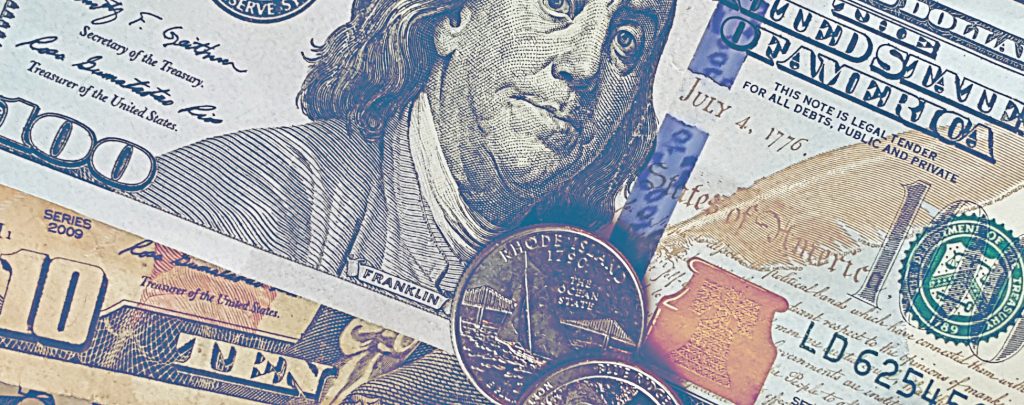The U.S. Patent and Trademark Office issued a significant policy shift on July 31, 2025, announcing it will strictly enforce a procedural rule that has been loosely applied for years, potentially making it harder for challengers to invalidate patents through inter partes review (IPR) proceedings.
Key Policy Change
The USPTO will now strictly enforce 37 C.F.R. § 42.104(b)(4), which requires IPR petitions to “specify where each element of the claim is found in the prior art patents or printed publications relied upon.” This marks a dramatic departure from the agency’s previous practice of waiving this requirement. As Acting USPTO Director Coke Morgan Stewart explained in the memorandum, “enforcement of Rule 104(b)(4) means that applicant admitted prior art (AAPA), expert testimony, common sense, and other evidence that is not ‘prior art consisting of patents or printed publications’ (collectively, ‘general knowledge’) may not be used to supply a missing claim limitation.”
What This Means in Practice
Under the new enforcement approach, IPR petitioners can no longer rely on general knowledge, expert testimony, or common sense to fill gaps in their prior art references when challenging patent claims. Instead, they must point to specific patents or published documents that disclose each element of the challenged claims. However, the USPTO clarified that general knowledge can still play a supporting role. “General knowledge may still be used in an IPR to support a motivation to combine or to demonstrate the knowledge of a person having ordinary skill in the art,” the memorandum states.
 Patent Lawyer Blog
Patent Lawyer Blog


 In analyzing the motion, the district court explained that it had previously “determined that this case was frivolous and that plaintiff had litigated it in an unreasonable manner, rending the exceptional and entitling defendant to an award of attorneys’ fees. None of those underlying facts have changed, and plaintiff does not argue that they have.”
In analyzing the motion, the district court explained that it had previously “determined that this case was frivolous and that plaintiff had litigated it in an unreasonable manner, rending the exceptional and entitling defendant to an award of attorneys’ fees. None of those underlying facts have changed, and plaintiff does not argue that they have.”